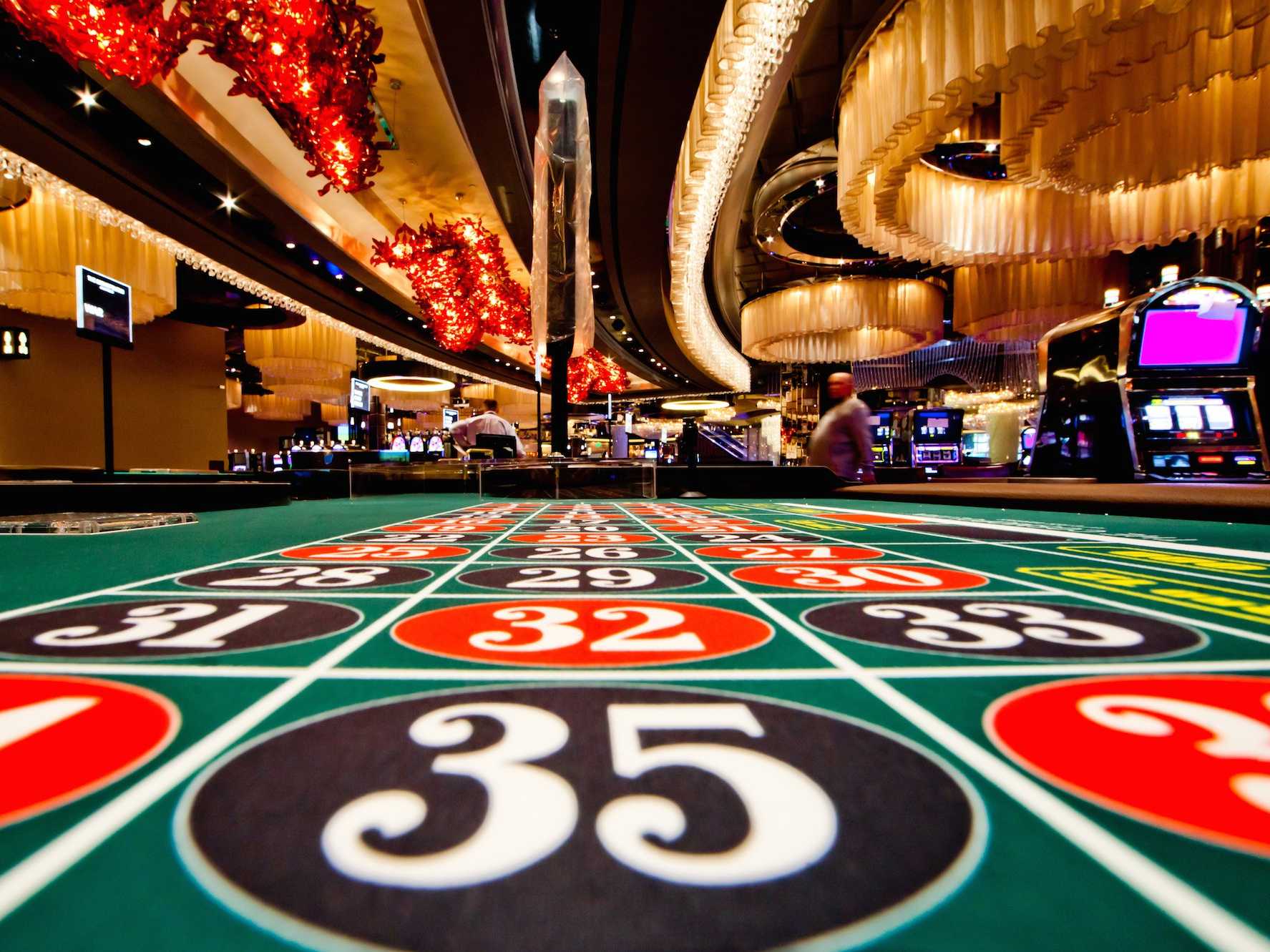
Gambling games have long captivated people’s attention, drawing players into a universe filled with chance, tactics, and the allure of adventure. Each game is meticulously crafted not just for fun, but also to elicit specific emotional responses that keep gamblers involved and interested. Understanding the drives behind these designs reveals much about how psychology plays a key role in the gaming experience.
From the vivid lights and dynamic sounds to the intricate layering of systems and rewards, casino games are designed to create an atmosphere of thrill and expectation. Game designers leverage psychological principles to influence player behavior, whether through the use of winning opportunities, near-miss scenarios, or social connections. By examining these factors, we can better appreciate how casino games fulfill not just a desire for entertainment, but deeper psychological needs for adventure and hazard.
Grasping Player Actions
Casino games are crafted with a profound understanding of player psychology, which is essential for luring and holding players. The thrill of the game, alongside the hope of winning, produces a powerful attraction. Game designers utilize elements like audio cues, colorful graphics, and engaging gameplay to seize attention and evoke emotional responses. These sensory experiences enhance the overall experience, making players feel more involved in the game.
Another important aspect of player behavior is the concept of risk/reward dynamics. https://9betz.org/ Casino games often balance risky situations with the potential for substantial rewards, which can result in the phenomenon known as near-miss effect. When players come within reach to winning, the brain produces dopamine, bolstering their behavior and encouraging them to continue playing in pursuit of that fleeting win. This cycle of hope and letdown plays a critical role in how games are structured and advertised.
Lastly, community aspects also play a pivotal role in player behavior at casinos. Many games are made to be played in groups or with other players, creating a sense of community and shared experience. The community engagement inherent in games like blackjack enhances enjoyment and can culminate in extended gameplay. Designers capitalize on this by creating environments that prompt players to linger, socialize, and revisit, making the overall casino experience more inviting.
The Role of Visuals and Sound
Imagery and sound play a significant role in improving the gambler’s experience within gambling games. Designers utilize bright colors, striking graphics, and engaging animations to capture gambler’s attention and sustain their interest. The use of themes, such as exploration or luxury, helps create an enthralling atmosphere that takes players into another world. By appealing to the senses, these elements contribute to a intensified emotional response, encouraging players to interact more deeply with the games.
Audio design is equally important in enhancing the overall experience of gambling games. The mix of background music, audio effects for successful combinations, and environmental noises creates an sound landscape that keeps players fascinated. Audio cues associated with victories, such as ringing bells or festive music, evoke feelings of excitement and satisfaction, prompting players to continue playing. These sound cues are strategically placed to enhance the excitement of the game and create a more engaging experience.
Additionally, the synchronization of imagery and audio is essential for reinforcing the game’s overall theme and mood. Each element should coordinate harmoniously to create a unified experience that draws players in. The effective use of this integration not only improves user satisfaction but also boosts the chances of return play, as players become more engaged in the captivating world that the casino games offer. This thoughtful integration of visuals and audio ultimately enhances player engagement and loyalty.
Incentive Structures and Participation
The creation of gambling games greatly depends on incentive structures to ensure participants engaged and coming back for more. These systems are based in behavioral theories that exploit human nature and desire. Participants are often driven by the thrill of winning, which is reinforced by instant feedback through the game structure’s design. This prompt satisfaction not only improves the gaming experience but also cultivates a sense of success, prompting participants to keep participating in hopes of greater rewards.
Gaming establishments utilize various reward structures, including jackpots, extra rewards, and multipliers, to captivate participants. These elements create a layer of thrill that maintains interest. Additionally, the unpredictability of outcomes plays a crucial role in keeping interest. The intermittent reinforcement schedule, where wins are random but happen often enough, maintains participants on edge and motivated to keep playing. This cycle of hope and expectation is foundational to the effectiveness of casino games.
In addition, social elements, such as tournaments and collaborative options, enhance the engagement factor by tapping into the desire to compete of players. The communal aspect of gaming with others can intensify the thrill of winning and create a sense of community within the gaming space. By integrating these community elements with efficient reward systems, gambling experiences not only offer entertainment but also foster a stronger bond among participants, solidifying their loyalty to the overall experience.